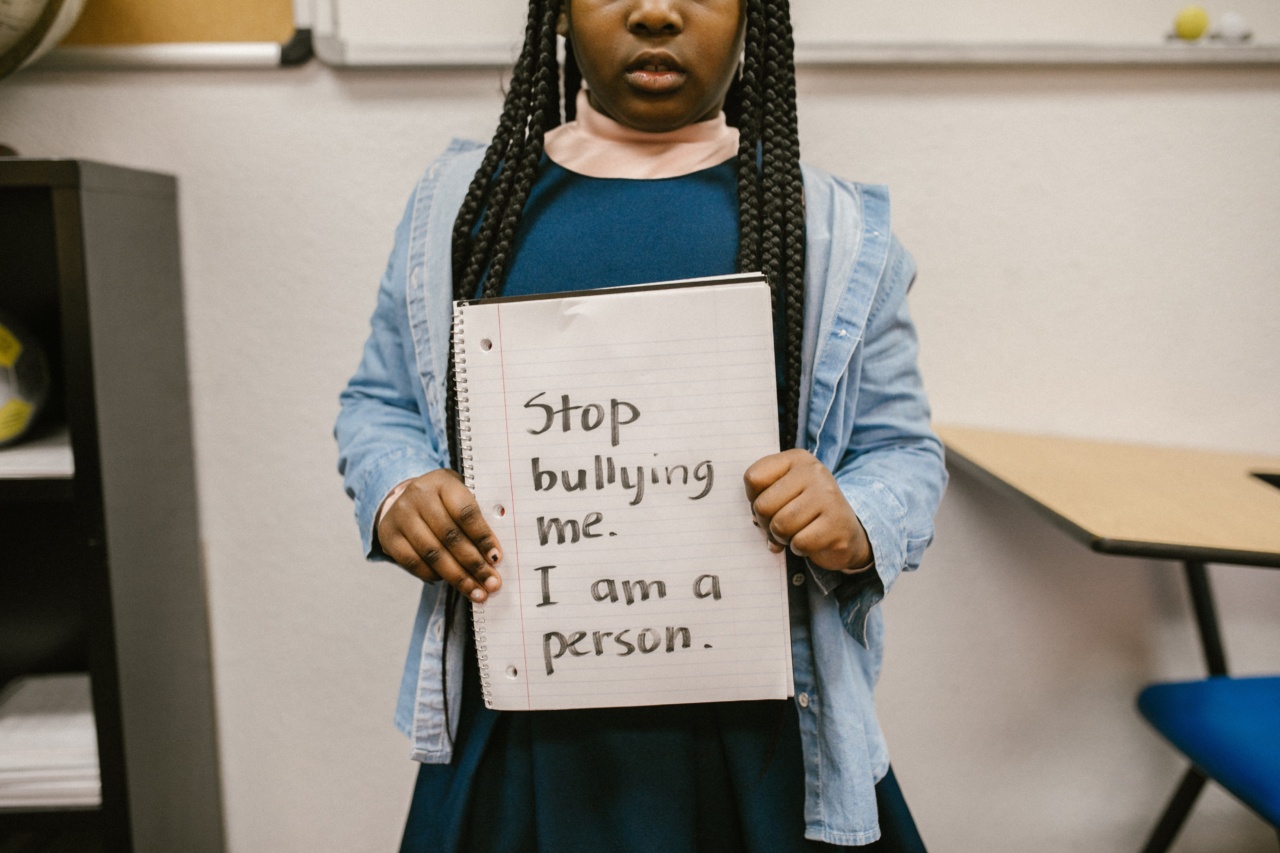Bullying in schools has become a prevalent issue that affects the well-being of students and the overall learning environment.
It involves repeated acts of aggression, intimidation, or exclusion, and can have serious consequences for the victims as well as the bullies themselves. In order to effectively address and prevent school bullying, it is essential to understand its causes, impacts, and possible interventions.
Causes of School Bullying
There are various factors that contribute to the occurrence of bullying in schools. One primary cause is a lack of empathy and understanding towards others.
Bullies often have low self-esteem and may use bullying as a way to gain power and control over others. Additionally, some research suggests that individuals who have been exposed to violence or aggression within their family or community are more likely to engage in bullying behaviors.
Another contributing factor is the influence of peers. Bullying is often a group phenomenon, and individuals may feel pressure to conform to the behavior of their peers.
The desire for acceptance and belonging can lead some students to partake in bullying or stand by as silent bystanders. Furthermore, the influence of media and online platforms can exacerbate bullying behaviors, as cyberbullying provides a means for harassment that extends beyond the confines of the school environment.
Impacts of School Bullying
The effects of bullying on both the victim and the bully can be severe and long-lasting. For the victim, bullying can result in physical injuries, emotional distress, and a decline in academic performance.
It can also lead to mental health issues such as anxiety, depression, and even suicidal thoughts. The persistent fear and humiliation experienced by victims may also affect their self-esteem and social interactions, leading to feelings of isolation.
On the other hand, the bully may experience short-term benefits from their actions, such as a sense of power or control. However, in the long run, they are more likely to face negative consequences, both academically and socially.
Bullies often struggle with developing healthy relationships, empathy, and may continue to engage in aggressive behaviors into adulthood. Addressing bullying is therefore crucial not only for the well-being of the victims but also for the bullies themselves.
Interventions to Address School Bullying
Preventing and addressing school bullying requires a comprehensive approach that involves various stakeholders including students, parents, educators, and the community. Here are some effective strategies for tackling this issue:.
1. Promoting Positive School Climate
Creating a safe and inclusive school environment is key to preventing bullying.
Schools should prioritize promoting empathy, respect, and kindness through initiatives such as anti-bullying campaigns, character education programs, and fostering positive relationships between students and staff.
2. Educating Students and Staff
Increasing awareness about bullying and its consequences can help students understand the impact of their actions.
Schools should incorporate anti-bullying education into their curriculum, teaching students about empathy, conflict resolution, and digital citizenship. Staff members should also receive training on recognizing and addressing bullying incidents promptly.
3. Encouraging Reporting and Support
Creating a culture where reporting bullying is encouraged and supported is essential. Schools should establish clear reporting procedures and ensure that victims feel safe coming forward.
Furthermore, providing access to supportive resources such as counseling services can help victims cope with the effects of bullying.
4. Implementing Consequences and Restorative Practices
Consequences for bullying should be well-defined and consistently enforced. This sends a strong message to both the bullies and the victims that bullying behavior will not be tolerated.
In addition to punitive measures, restorative practices can also be employed, such as mediation and conflict resolution sessions, which focus on repairing harm and promoting understanding.
5. Involvement of Parents and Guardians
Parents and guardians play a significant role in addressing bullying.
Schools should actively involve parents through open communication channels, providing resources for understanding and addressing bullying, and encouraging their participation in anti-bullying initiatives. Collaboration between parents, educators, and students can create a united front against bullying.
Conclusion
School bullying is a complex issue that requires a multi-faceted approach to effectively address and prevent it.
By understanding the causes and impacts of bullying, and implementing interventions such as promoting positive school climate, educating students and staff, encouraging reporting and support, implementing consequences and restorative practices, and involving parents and guardians, schools can create a safer and more inclusive environment for students. Together, we can work towards eradicating bullying and ensuring that every student can thrive and learn without fear.































